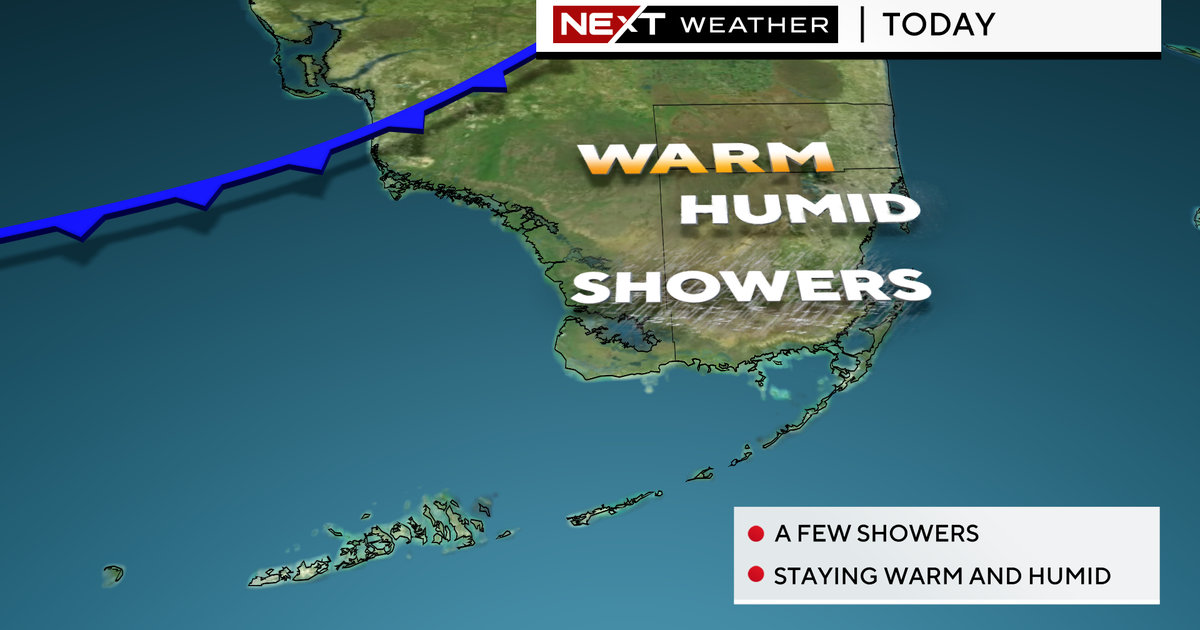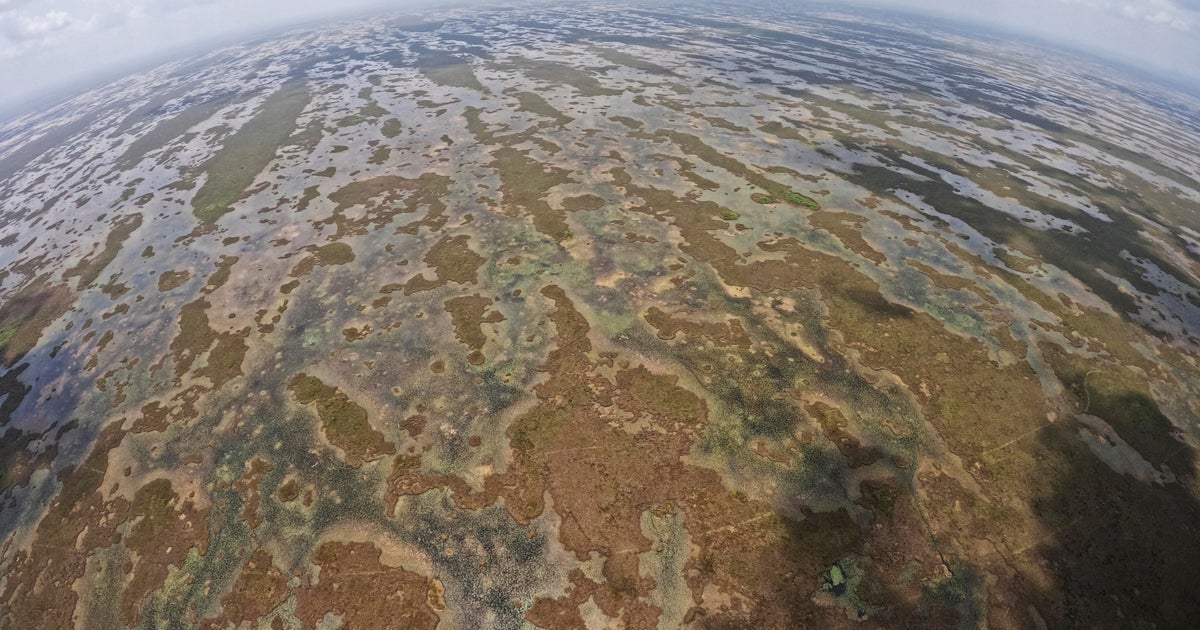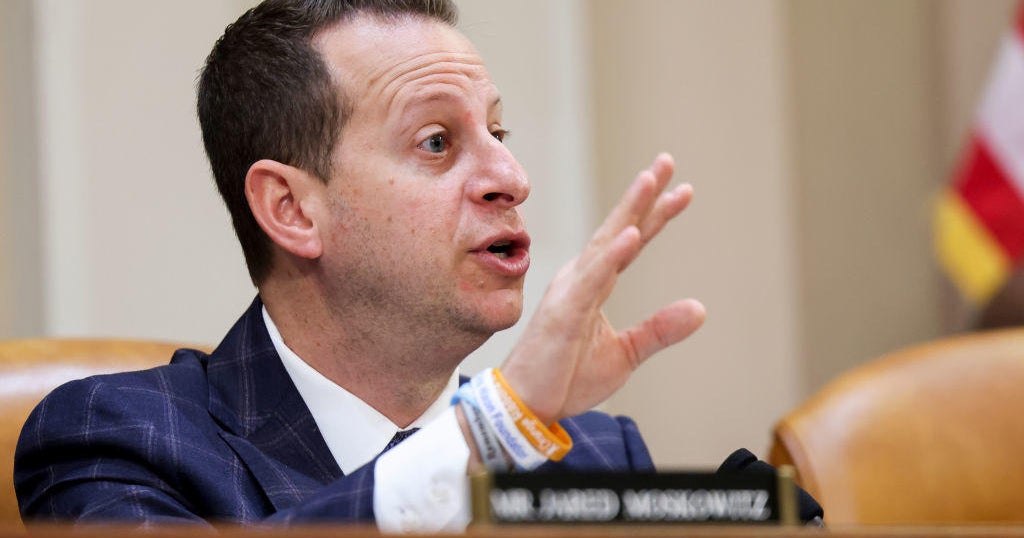Early Voting Already: Trump Chances May Hinge On Non-Whites
Follow CBSMIAMI.COM: Facebook | Twitter
WASHINGTON (CBSMiami/AP) — Just two months before Election Day, early voting is set to kick off next week in North Carolina.
It's the first in a run of key states where minority voters and young adults who cast ballots in advance could give one of the White House contenders a decisive advantage.
For Donald Trump, it's a major test of whether his recent outreach to non-white groups is translating into votes. In the increasingly diverse battleground states of North Carolina, Colorado, Florida, Nevada, Arizona and Georgia — all must-win states for Trump, except Colorado — it's minorities in particular who can tip the scales.
Early voters are expected to make up between 50 to 75 percent or more of all ballots in the six states, based on 2012 figures. That's compared to a national average of 35 percent, up from 22 percent in 2004, according to election data compiled by The Associated Press.
Mail-in ballots are popular among older, white Republicans, and party officials are betting they can bank plenty of their votes. But in several swing states, Hispanics, blacks and first-time voters typically have been more likely than whites to cast ballots early — and cast them for Democrats. Therein lies the challenge for team Trump.
Says Marlon Marshall, Hillary Clinton's director of state campaigns and political engagement: "We can't say this will be locked up with early voting, but it can absolutely make a huge difference."
"Every early voter we get is one less person we need to mobilize on Election Day," he says.
The Trump campaign says it is taking early voting very seriously — with 133 field offices and plans to add 24 more. The campaign is also leaning heavily on the Republican National Committee to identify reliable white Republican voters in battlegrounds to mail in absentee ballots and keep his numbers up.
Trump also has vaguely urged supporters to volunteer as "election observers" to root out what he says is Democratic voter fraud. He made that assertion after courts rejected a voter ID law in several states, including North Carolina, citing a risk of disenfranchising the poor, minorities or young people who were less likely to have acceptable IDs — and who are more likely to vote Democratic.
The Republicans' get-out-the-vote effort is still significantly behind Clinton's, which, by contrast, is more than double the size of Trump's and rivals Barack Obama's massive 2012 operation.
"A campaign with a superior voting operation can make a difference, and right now Donald Trump has shown little sign of organization," said Ryan Williams, a former senior staffer to Mitt Romney's 2012 presidential campaign. He pointed to Trump's hire just last week of a national field director. At this point in 2012, Williams said, the Romney campaign had a fully staffed field team working intensely with the national party to help identify likely voters, organize turnout events, register voters and knock on doors.
National Republican officials say they now have 1,000 paid staffers and 5,000-plus trained organizers and other volunteers in 11 states assigned to help mobilize voters for both Trump and down-ballot GOP candidates. Heavy focus will be on boosting absentee mail-in balloting in Florida, North Carolina, Ohio and Iowa, using the party's own massive data analytics program.
The Clinton campaign has more than 250 field offices in nine states compared to Trump's 133 nationwide, though Trump adviser Karen Giorno says his number will increase, especially in Florida. The Clinton team declined to reveal personnel details, but the 2012 mobilization involved thousands of paid staffers — including 500 in Florida alone — and 50,000-some trained organizers and other volunteers, according to Jen O'Malley Dillon, Obama's top field director in 2012 and now a senior adviser to the Democratic National Committee.
Republican officials stress that a main goal in 2016 will be to avoid deep early vote deficits, explaining that most Republicans are "habitual" Election Day voters
In all, 37 states and the District of Columbia will allow voters to cast ballots by mail or at polling sites before Nov. 8. In mid to late October, a host of states launch in-person early voting, favored by non-whites and young adults who largely back Democrats. The most ardent supporters tend to vote first, and a key test will come in the remaining weeks.
Put in place last spring, the Clinton ground game relies on a massive voter file to help track both committed supporters and persuadable voters. Volunteers fan out to make their pitches and keep prospective voters informed of deadlines, polling locations and how to request absentee ballots. With new voter ID laws or other restrictions set to be in place in 15 states, a "voter protection team" of lawyers also is working with county officials in North Carolina, Florida, Nevada and Colorado.
In Obama's historic 2008 race, he ran up such big early voting advantages in four battlegrounds — Colorado, Florida, Iowa and North Carolina — that his rival, John McCain, couldn't catch up, despite winning the Election Day vote in those states, according to AP data.
Click here to read more about Campaign 2016.
(TM and © Copyright 2016 CBS Radio Inc. and its relevant subsidiaries. CBS RADIO and EYE Logo TM and Copyright 2016 CBS Broadcasting Inc. Used under license. All Rights Reserved. This material may not be published, broadcast, rewritten, or redistributed. The Associated Press contributed to this report.)



